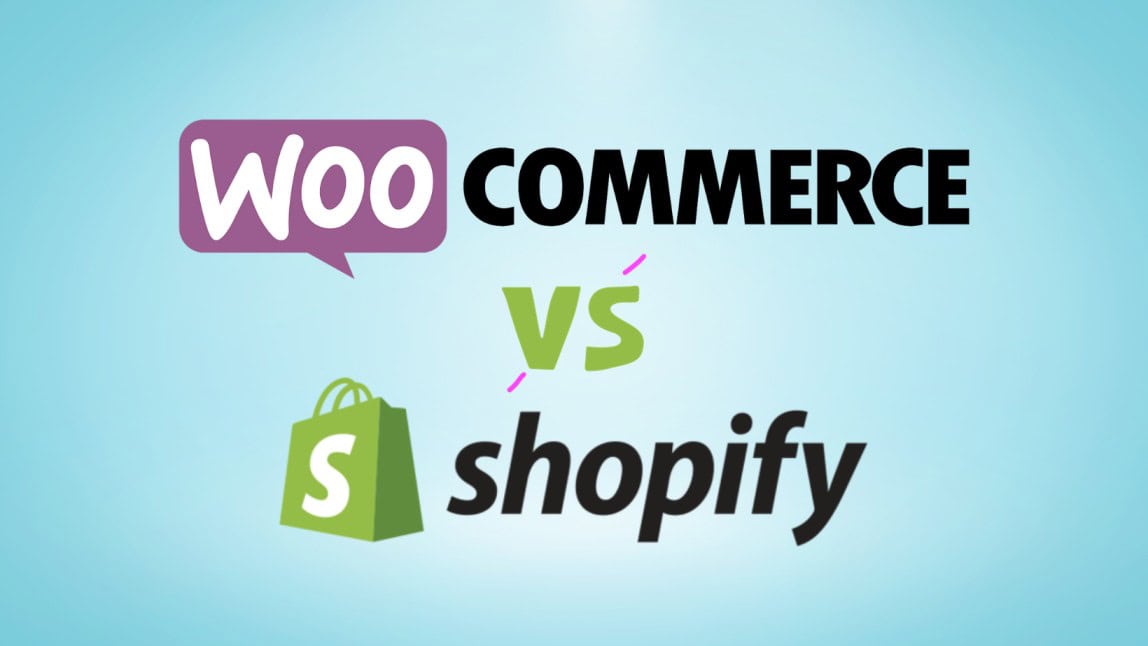Whether you’re a small business owner taking your first steps online, a startup founder looking to scale, or a marketing manager driving digital growth, understanding the fundamentals of ecommerce website development can make the difference between success and failure in the competitive online space.
Ecommerce website development is the comprehensive process of building digital platforms that enable businesses to sell products and services online. It seamlessly blends web design expertise, technical development skills, and strategic digital marketing to create shopping experiences that convert visitors into loyal customers.

Step 1: Strategic Planning for Your Online Store
Define Your Digital Goals
Every successful ecommerce development website project begins with crystal-clear objectives.
Are you expanding your reach to new markets?
Boosting existing sales figures?
Improving customer relationships?
Your specific goals will shape every decision throughout the development process, from design choices to feature selection.
Understanding Your Market Landscape
Thorough market research forms the backbone of effective ecommerce site design. Dive deep into your target audience’s shopping behaviours, preferences, and pain points. Study your competitors’ strengths and weaknesses to identify opportunities for differentiation. This research becomes your roadmap for creating a site that truly resonates with your customers.
Platform Selection Strategy
The ecommerce platform you choose becomes the foundation of your entire operation. Popular options like Shopify offer user-friendly interfaces and quick setup, while WooCommerce provides flexibility for WordPress users. Magento delivers enterprise-level capabilities for larger operations. Consider your technical expertise, budget constraints and growth projections when making this crucial decision.
Step 2: Creating an Engaging User Experience
Intuitive Design Principles
Outstanding ecommerce site design prioritises user experience above all else. Your website should guide visitors effortlessly from browsing to purchasing through logical navigation structures, prominent search functionality and clean, uncluttered layouts. When customers can find what they need quickly, they’re more likely to complete their purchases.
Mobile-First Approach
Today’s shoppers expect flawless mobile experiences.
Your ecommerce website development must prioritise responsive design that adapts seamlessly across smartphones, tablets, and desktop computers. This means optimising loading speeds, ensuring buttons are easily tappable and maintaining visual appeal on smaller screens.
Brand Consistency and Visual Appeal
Your online store should be an authentic extension of your brand identity. Consistent use of colours, typography and imagery creates professional credibility and memorable experiences. High-quality product photography, engaging graphics and thoughtful visual hierarchy can significantly impact conversion rates and customer trust.
Step 3: Technical Development and Quality Assurance
Robust Backend Architecture
Behind every smooth shopping experience lies sophisticated backend infrastructure. This invisible foundation manages inventory levels, processes orders efficiently, handles customer data securely, and integrates with your existing business systems. Investing in solid backend development prevents costly issues as your business grows.
Secure Payment Processing
Customer trust hinges on secure, convenient payment options. Modern ecommerce website development requires integration with multiple payment gateways, supporting everything from traditional credit cards to digital wallets like Apple Pay and Google Pay. Diverse payment options reduce cart abandonment and accommodate customer preferences.
Comprehensive Security Measures
Protecting customer data isn’t optional, it’s a legal and ethical requirement.
Implement SSL certificates for encrypted data transmission, maintain PCI compliance for payment processing and establish regular security audits. Robust security measures protect both your customers and your business reputation.
Thorough Testing Protocols
Before launch, comprehensive testing ensures your site performs flawlessly under real-world conditions. Check functionality across different browsers and devices, test loading speeds under various conditions and conduct user experience testing with actual customers. This quality assurance investment prevents costly post-launch problems.
Step 4: Strategic Launch and Ongoing Optimisation
Multi-Channel Marketing Strategy
A successful launch requires co-ordinated marketing efforts across multiple channels. Search engine optimisation ensures organic discovery, social media marketing builds community engagement and email campaigns nurture customer relationships. These digital commerce solutions work together to drive qualified traffic to your new site.
Performance Monitoring and Analytics
Data-driven decision making starts with proper analytics implementation. Tools like Google Analytics provide invaluable insights into customer behaviour, traffic sources and conversion patterns. This information guides ongoing optimisation efforts and strategic business decisions.
Continuous Evolution and Improvement
Ecommerce success requires ongoing adaptation to changing market conditions, customer expectations and technological advances. Regular site updates, feature enhancements and user experience improvements keep your business competitive in the dynamic digital marketplace.

The Value of Professional Expertise
Working with an experienced ecommerce website development company can dramatically accelerate your success timeline.
Professional developers bring specialised knowledge of digital commerce solutions, industry best practices, and proven optimisation strategies. Whether you partner with an ecommerce website development agency for comprehensive support or work with an ecommerce website developer UK for local expertise, professional guidance can help you avoid common pitfalls and maximise your investment.
Your Path to Ecommerce Success
Building a successful online store requires careful planning, expert execution and ongoing commitment to excellence. By following these essential steps and maintaining focus on customer experience, you’ll create a digital commerce platform that drives growth and builds lasting customer relationships.
The key to long-term success lies in understanding your audience deeply, delivering exceptional shopping experiences consistently and remaining agile enough to adapt to market changes. Whether you’re handling development internally or partnering with professionals, these fundamental principles will guide you toward ecommerce success in today’s competitive digital landscape.



